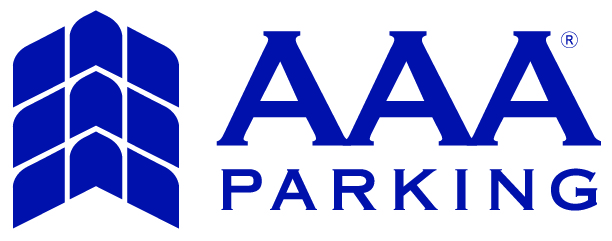- Get Involved
- Events
- Networking Events
- Annual Dinner
- Cobb Connections
- Give Our Schools A Hand
- Mastermind Book Club
- Military Appreciation Luncheon
- Strategic Visit
- Economic Development Summit
- Golf & Tennis Classic
- Citizens of the Year
- Next Generation Award
- Public Safety Awards
- Small Business of the Year Award
- Woman of Distinction Award
- Member Center
- Advocacy
- SelectCobb
- Business Directory
Menu




















